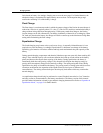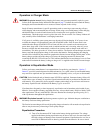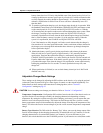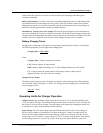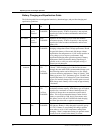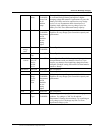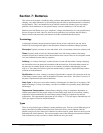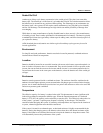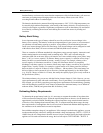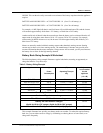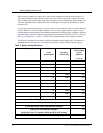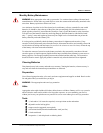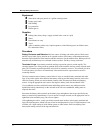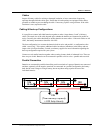
Types
68 Prosine 2.5/3.0 Installation & Operation Guide
Your Prosine inverter/charger is designed to be used with deep-cycle, lead-acid batteries. These
batteries are designed for deep discharge service where they will be repeatedly charged and
discharged. This type of battery is often labeled as a marine, recreational vehicle, or golf cart battery.
Xantrex recommends you use one or more of these batteries separated from the starting battery of
your vehicle or boat with a battery isolator.
Starting Batteries
Starting batteries are designed for high cranking power, not deep discharge cycling. Do not use them
with your inverter. They do not hurt the inverter but they simply will not last long in a deep-cycle
application. The way they are rated should give a good indication of their intended use: “Cold
Cranking Amps” is a measure of the amperage output of a starting battery.
Starting batteries use lots of thin plates to maximize the surface area of the battery. This allows very
high starting current but allows the plates to warp when the battery is cycled. The most familiar lead-
acid battery is probably the starting battery in your automobile. An automotive starting battery is
designed to deliver a large amount of current for a short period of time (so it can start your engine).
Only a small portion of the battery’s capacity is used when starting the engine and it is quickly
recharged by the running engine. It is not designed for repeated charge-discharge cycles where the
battery is almost completely discharged and then recharged. Starting batteries used in this kind of deep
discharge service will wear out rapidly.
Deep-Cycle Batteries
Deep-cycle batteries are best suited for use with inverters. They are designed to have the majority of
their capacity used before being recharged. Available in many sizes and types, the most common type
is the non-sealed, liquid electrolyte “flooded” battery used in boats and motor homes. Non-sealed
types have removable battery caps. The caps should be removed at least monthly to check the level of
electrolyte. When a cell is low, only distilled water should be added. The electrolyte level should be
checked monthly and topped up if needed after recharging.
The many different types of deep cycle lead acid batteries can be grouped into four categories: flooded
(or wet), sealed flooded (“maintenance free”), recombinant flooded (often “starved electrolyte”), and
gel batteries.
Another popular and inexpensive battery of this type is the “golf car” (T-105 or CG220) battery. Rated
at about 220 amp-hours, these six-volt batteries can be connected in series to produce 12- or 24-volt
battery banks, and discharged repeatedly to 80% of their capacity without being damaged. This is the
minimum quality of battery that should be used with the Prosine inverter in normal applications.
Some systems use the L16 type of battery. These are 6-volt batteries rated at 350 amp-hours and are
available from a number of manufacturers. They are 17 inches (430mm) in height and weigh up to 130
pounds (60kg) each—which may be troublesome in some installations.
Type 8D batteries are available in either cranking or deep-cycle construction. The deep-cycle versions
are 12-volt batteries rated at 200 amp-hours or so. Since they are most commonly used to start truck
engines, you should make sure you purchase the deep cycle version, not the cranking version. Type
4D batteries are very similar in construction, but somewhat smaller (about 170Ah).



